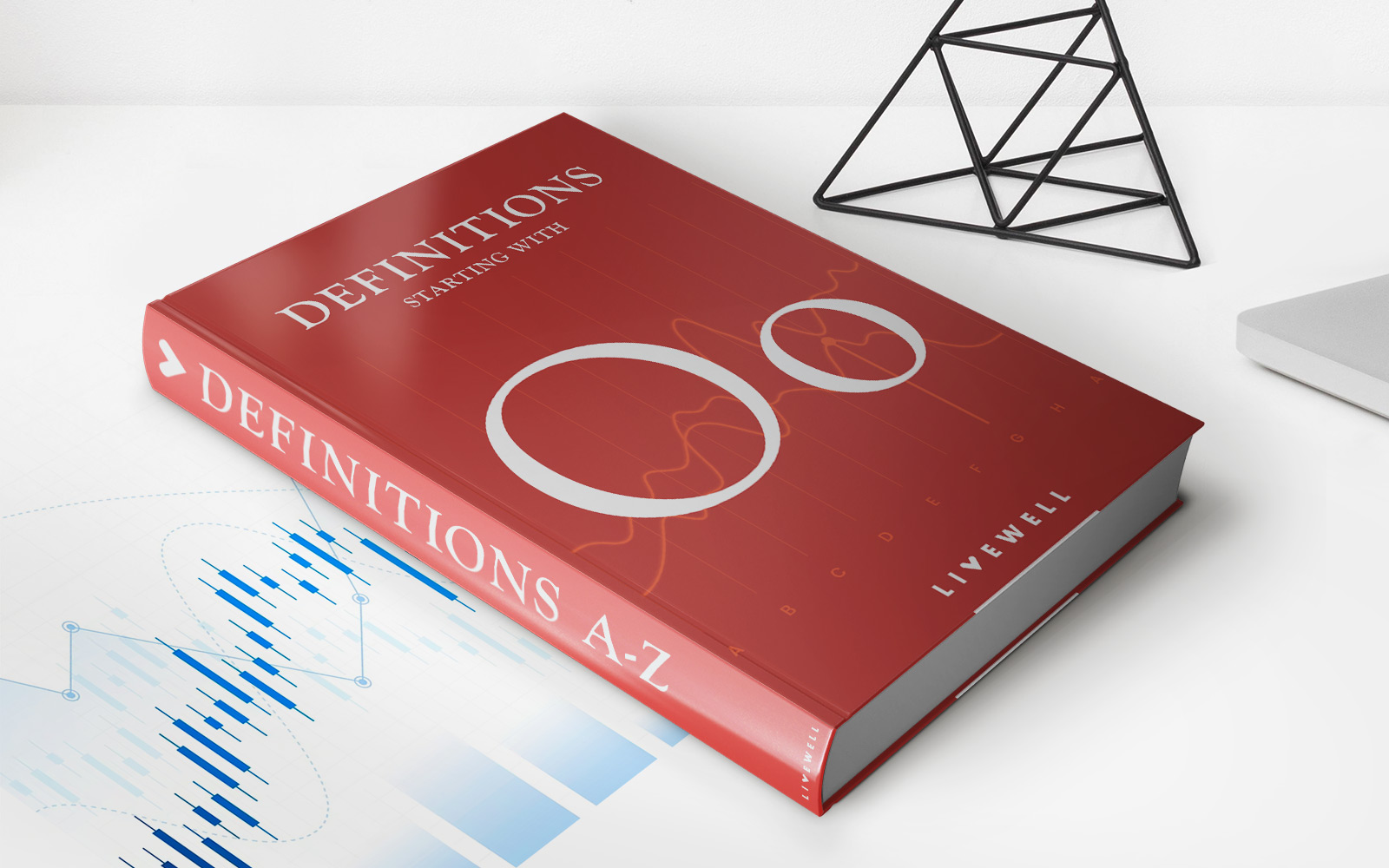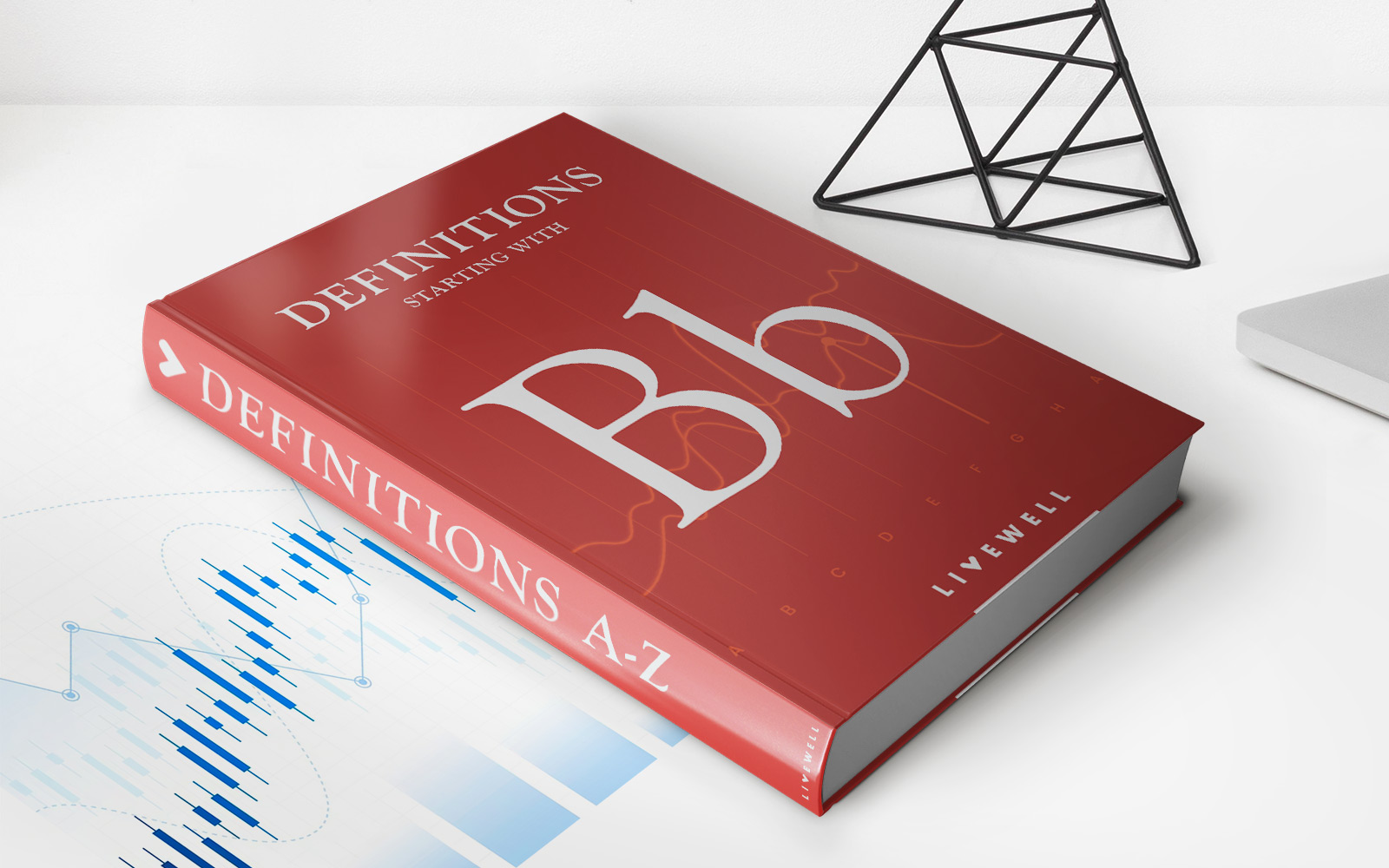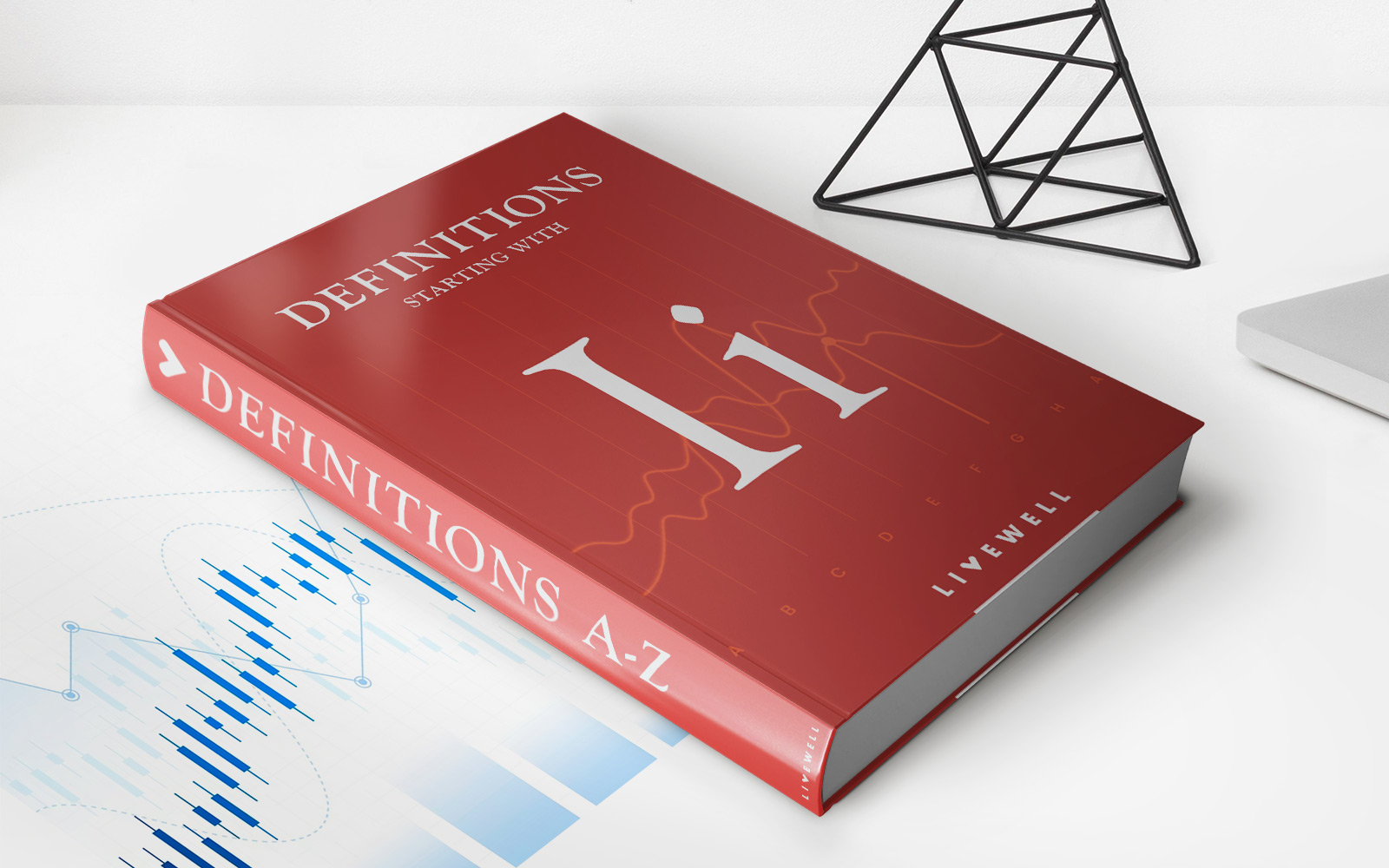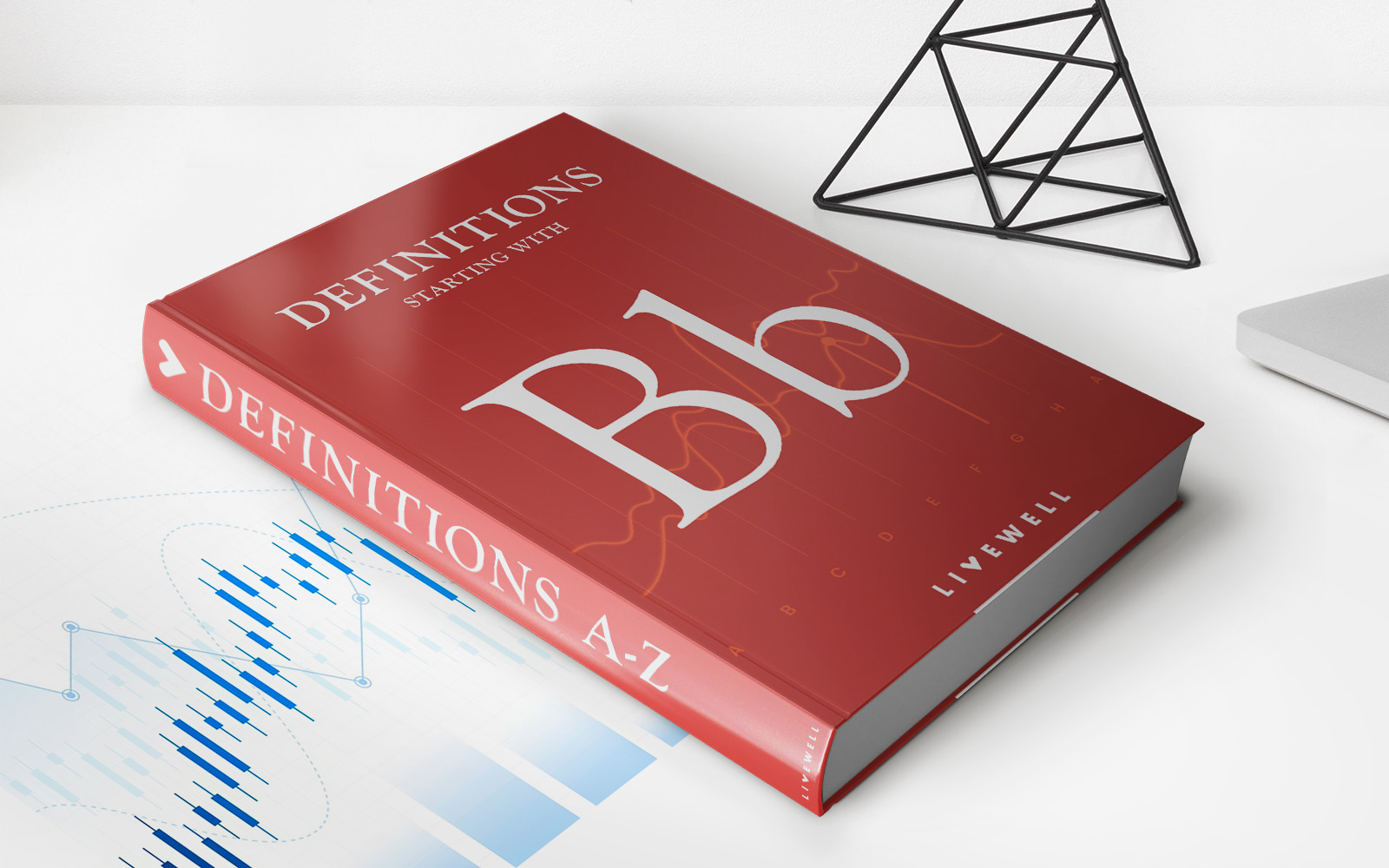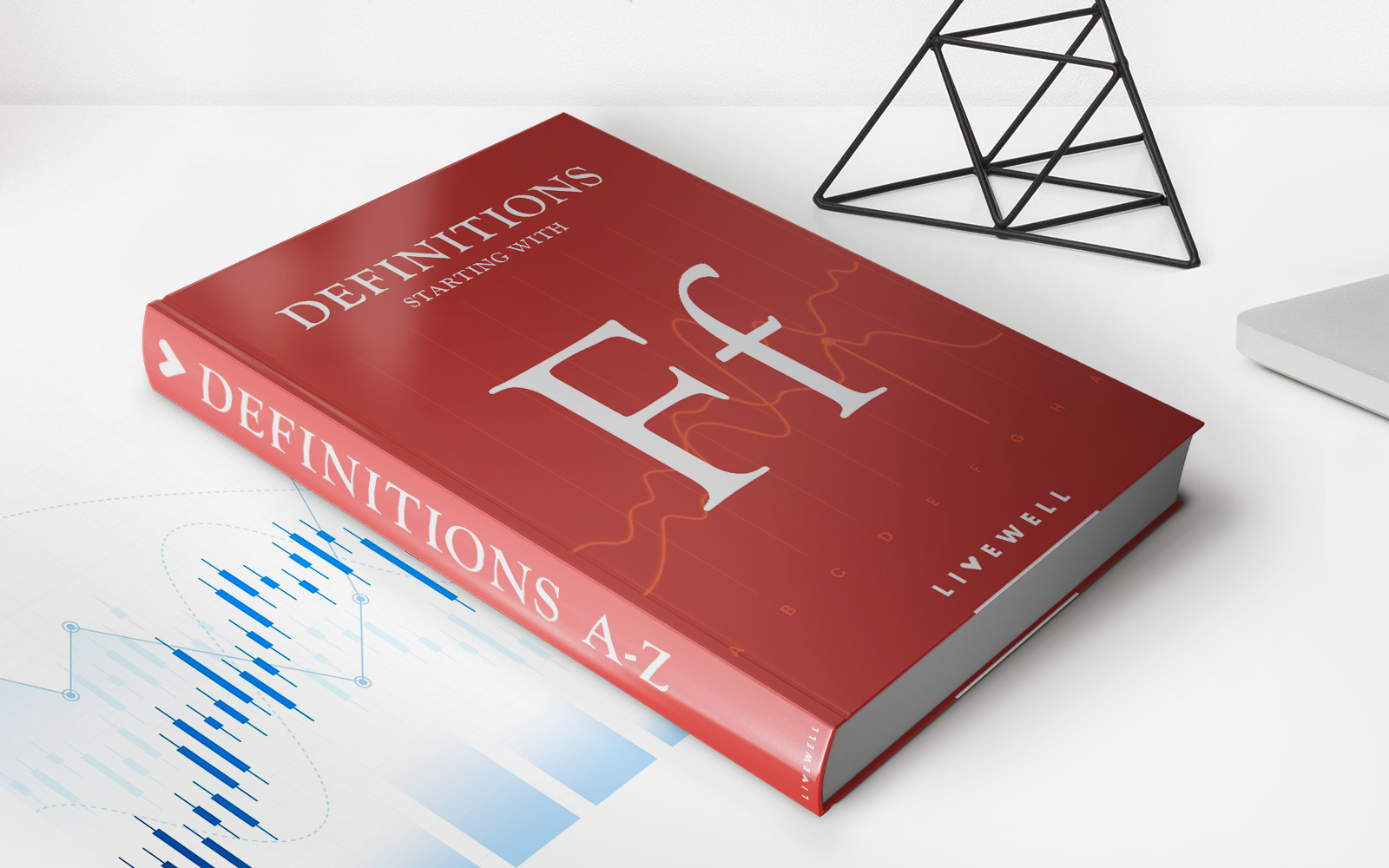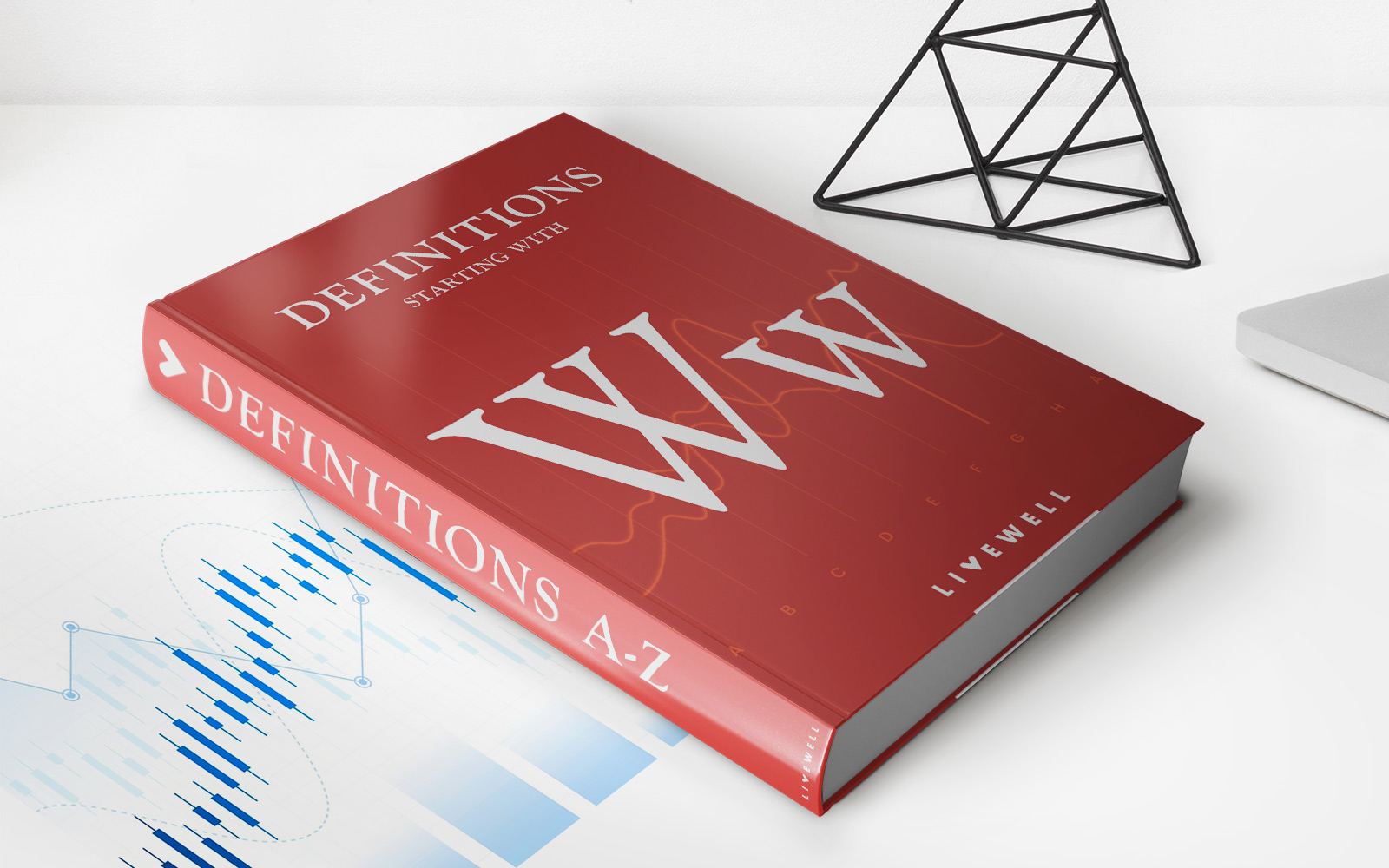Home>Finance>Economic Integration Definition And Real World Example
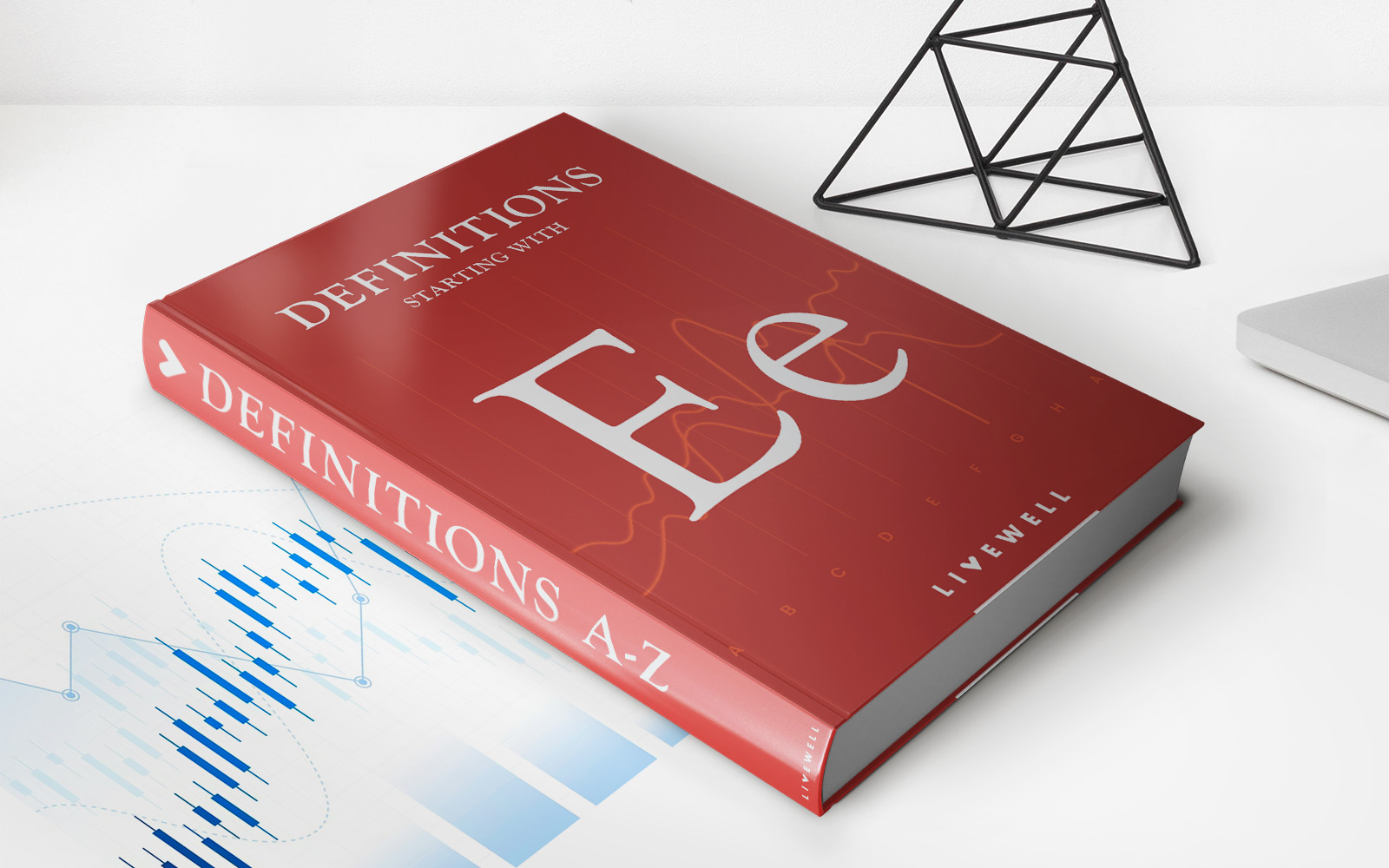

Finance
Economic Integration Definition And Real World Example
Published: November 16, 2023
Learn the definition of economic integration in finance and explore a real-world example. Understand how this concept impacts global markets and trade relationships.
(Many of the links in this article redirect to a specific reviewed product. Your purchase of these products through affiliate links helps to generate commission for LiveWell, at no extra cost. Learn more)
Understanding Economic Integration: Definition and Real World Example
Finance is a crucial aspect of our everyday lives, shaping the way we save, invest, and manage money. As part of our ongoing commitment to providing valuable information on financial matters, we’re exploring the concept of economic integration. In this blog post, we’ll delve into the meaning of economic integration and provide a real-world example to illustrate its significance. So, let’s dive in and demystify this important concept!
Key Takeaways:
- Economic integration refers to the process of combining economies and eliminating barriers to trade and investment among countries.
- It enhances economic cooperation, fosters growth, and promotes regional development.
Now, let’s begin by breaking down the definition of economic integration. At its core, economic integration is a process that aims to bring countries closer together by forming closer economic ties and reducing barriers to trade and investment. By doing so, it encourages the flow of goods, services, capital, and labor across borders, ultimately creating a more interconnected global economy.
Wondering how economic integration works in practice? Let’s take a real-world example to illustrate its impact. One notable example is the European Union (EU), a regional organization that exemplifies deep economic integration among its member states. The EU has established a single market, which allows for the free movement of goods, services, capital, and labor across its member countries.
So, what are the benefits of economic integration? Here are a few key advantages:
- Economic Growth: Integrating economies can lead to increased economic growth as it creates larger markets and a greater flow of goods and services. This can stimulate innovation, encourage competition, and attract foreign investments, all contributing to economic prosperity.
- Enhanced Regional Development: Economic integration can help promote regional development by reducing disparities between different regions within a country or across countries. It encourages the development of underdeveloped areas, leading to a more balanced distribution of wealth and resources.
- Efficiency Gains: Integrated economies can achieve economies of scale, leading to improved efficiency in production and distribution. When barriers to trade are minimized, businesses can access a wider range of inputs at lower costs, leading to increased competitiveness.
- Political Stability: Economic integration can also contribute to political stability by fostering closer relationships and cooperation among participating nations. When countries are economically interdependent, they are often more likely to resolve conflicts through peaceful means and engage in common governance practices.
In conclusion, economic integration plays a vital role in shaping our interconnected global economy. By breaking down barriers and fostering collaboration, it promotes economic growth, regional development, and political stability. As we move towards a more integrated world, understanding the concept of economic integration becomes increasingly relevant for individuals, governments, and businesses alike. So, next time you come across discussions on economic integration, you’ll have a solid grasp of its meaning and importance.
